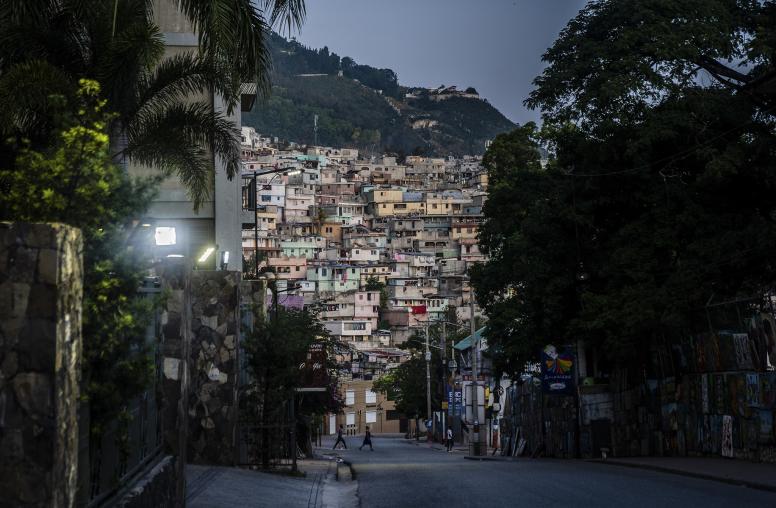A year ago today, hundreds of joyous Colombians and world leaders gathered in the humid coastal city of Cartagena as the government and the Revolutionary Armed Forces of Colombia (FARC) signed a comprehensive settlement that once had seemed unattainable. But while implementation of the accord continues generally in the right direction, it is often traveling a bumpy road.

Political, legal and military challenges have arisen despite an end to combat with the FARC and the beginning of the long process for its fighters to rejoin Colombian society. That transition of the FARC and its more than 10,000 combatants and militia members is the accord’s most historic outcome.
With support from a United Nations monitoring and verification mission, over 90 percent of FARC rebels have been concentrated in 26 demobilization zones. They have handed in more than 8,000 weapons and supported efforts to identify and dismantle hundreds of arms caches hidden in Colombia’s vast mountains and jungles.
Preparations for collective socio-economic reintegration programs are underway. The FARC leadership recently held a national conference to unveil their transformation into a legitimate political party and have assigned members for transitional Congressional representation reserved for them under the agreement.
Important strides have been made in setting up a truth commission and identifying potential judges for transitional justice. Talks with a smaller guerrilla group, the National Liberation Army (ELN) have gained momentum and led to a recent bilateral ceasefire agreement. Even the country’s largest and most violent criminal group has expressed its willingness to surrender.
Many layers of conflict persist, however. Polarization across the political spectrum in Colombia plagues implementation, especially in the runup to legislative and presidential elections in spring 2018.
President Juan Manual Santos, whose efforts to end the war with the FARC were recognized with a Nobel Peace Prize in 2016, has struggled to sustain his public approval and translate the peace agreement’s key provisions into lasting legislation. Former President Alvaro Uribe and his opposition coalition, which led the defeat of a first draft of the agreement in a referendum, continues to resist the implementation of a revised version approved by Congress in November 2016. The Constitutional Court is also reviewing delicate compromises on political participation for the FARC, which could undermine a core tenant of the accord.
Organized violence continues, as well. Before the recent ceasefire, the ELN, Colombia’s second-largest armed group, conducted kidnapping operations and attacks against security forces, and expanded into territories previously controlled by the FARC.
Organized crime syndicates with origins in the country’s long history of paramilitary group have ramped up their abuses, targeting community leaders and human rights defenders. Over two dozen FARC leaders and family members have been assassinated, and several dissident fronts have regrouped in remote territories. And while developing alternatives to coca farming was a core component of the peace deal, production has nearly tripled in recent years.
Still, public optimism about the peace process is on the rise, given a dramatic boost by Pope Francis’ recent visit and his calls for reconciliation. In the face of potentially divisive electoral platforms and coalitions focused on the implementation process, civil society and community organizations will have to sustain the “Papal” spirit through difficult times ahead.


